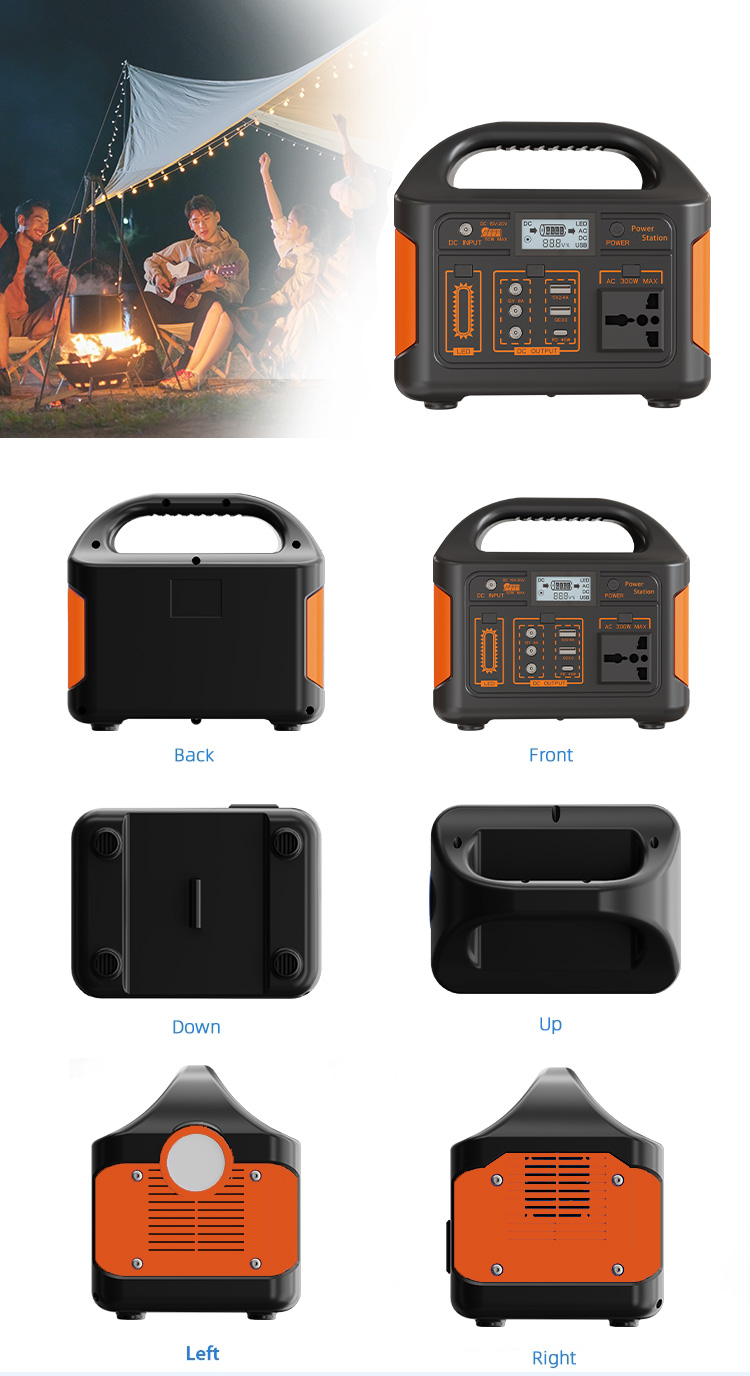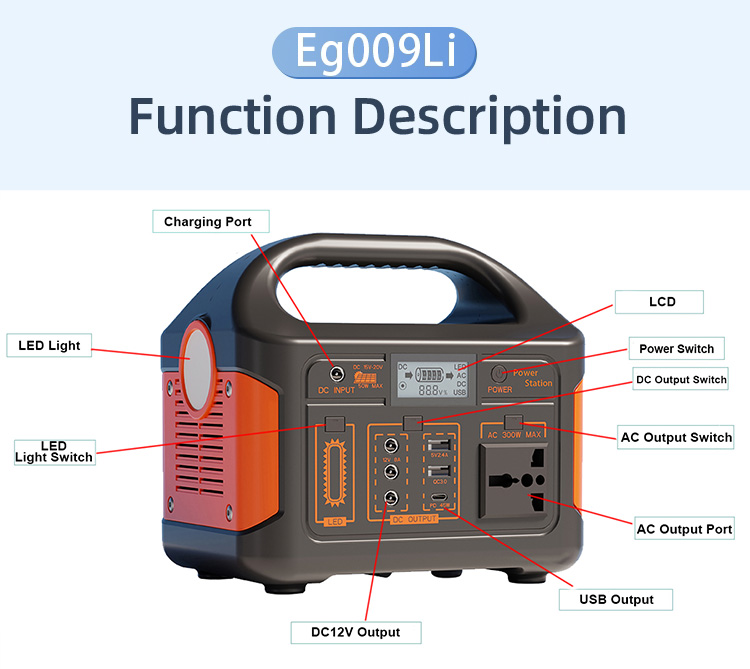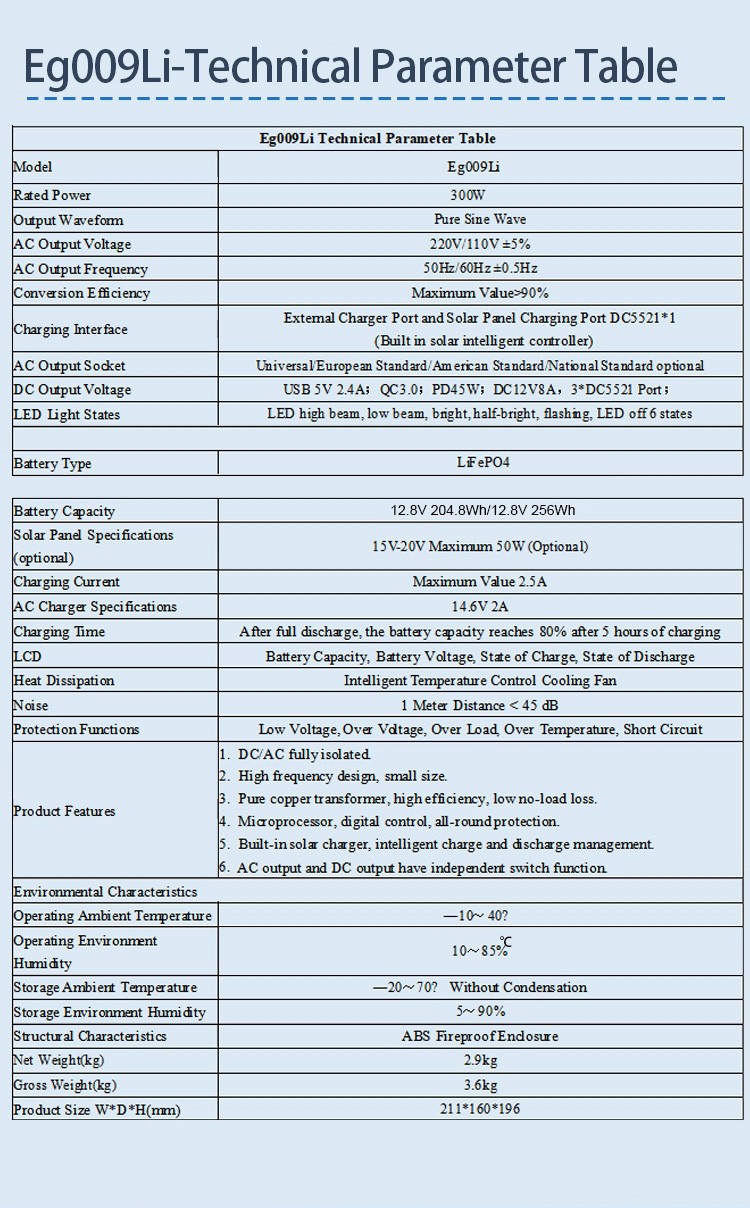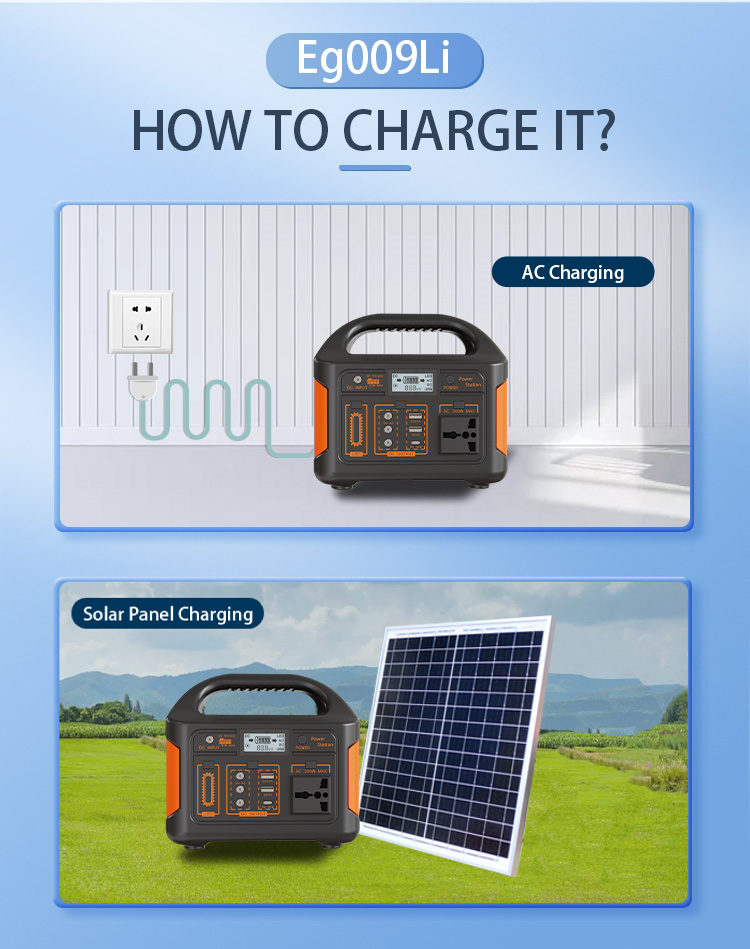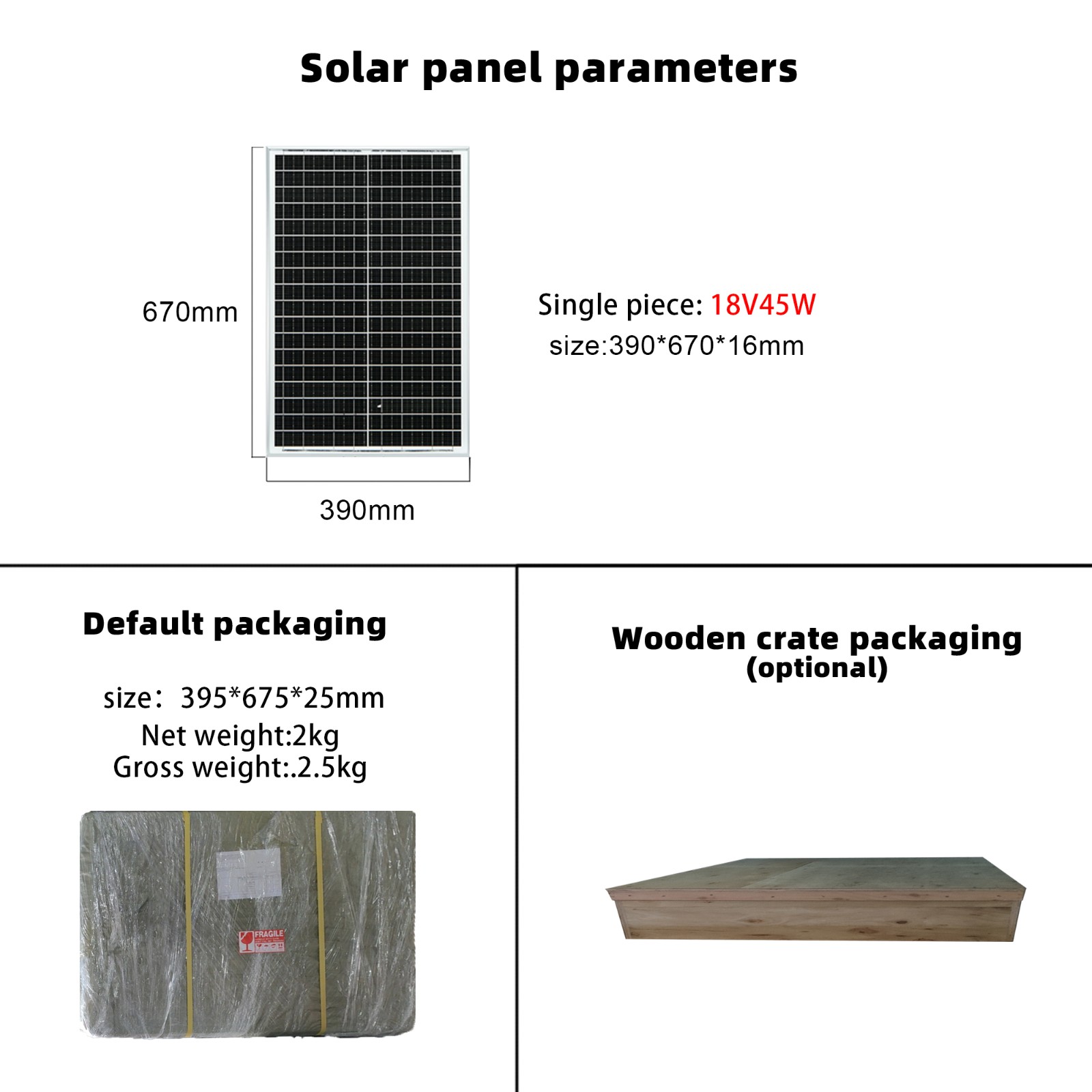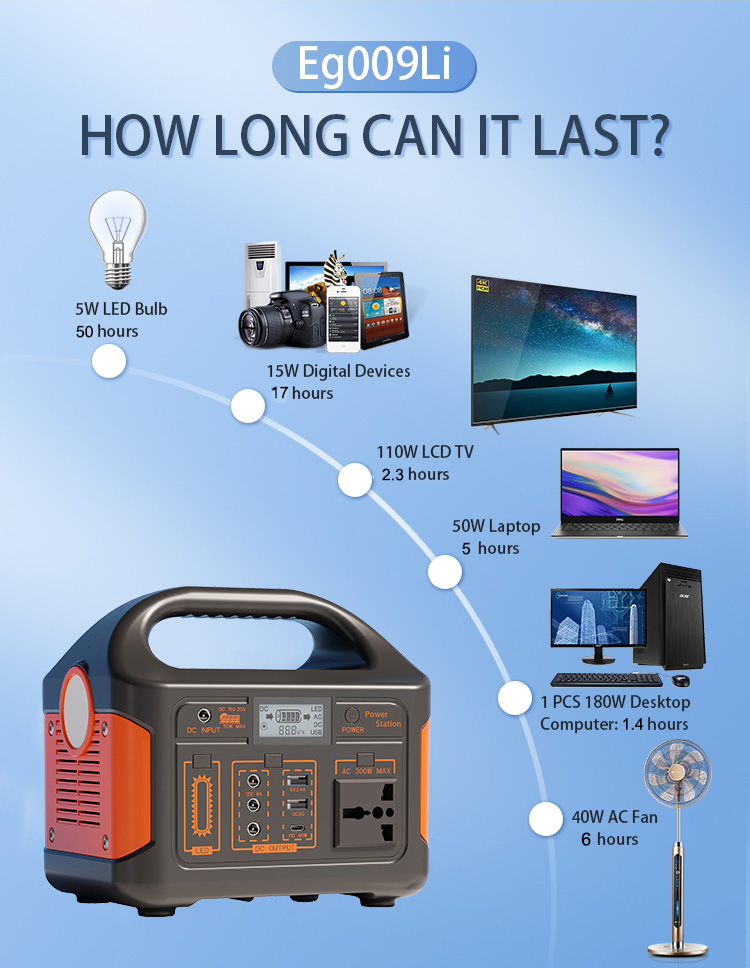PD (Power Delivery)
·Protocol Overview: It is a fast charging specification developed by the USB-IF organization, and its full name is USB Power Delivery1. It is based on the USB Type-C interface and is compatible with a variety of devices such as mobile phones, tablets and laptops. It can increase power delivery through USB cables and connectors and expand the cable bus power supply capacity in USB applications.
·Development version: It has now developed to version 3.0. The new USB PD 3.0 protocol also supports the programmable power supply (PPS) protocol, allowing precise adjustment of bus voltage and current, and the voltage can be lower than 5V.
·Power and voltage and current: It can achieve higher voltage and current, and the power delivered can reach up to 100W. The voltage can be flexibly adjusted within a certain range. Common voltage levels are 5V, 9V, 12V, 15V, 20V, etc. It can automatically adapt to different voltage and current combinations according to the needs of the device to provide the most suitable charging power.
·Communication method: USB PD communication uses bi-phase marker code (BMC), and the communication between the source and sink about bus voltage and current is completed by transmitting serial BMC code on the CC line.
QC (Quick Charge)
·Protocol Overview: It is a fast charging technology developed specifically for terminals equipped with Qualcomm Snapdragon processors, launched by Qualcomm1. Qualcomm has released four generations of fast charging technology to date, namely Quick Charge 1.0, 2.0, 3.0 and 4.0/4.0+.
·Features of different versions:
·QC1.0: Launched in 2013, it mainly increases the current from the original 5V/0.5A to 5V/2A to increase the charging power.
·QC2.0: Under the condition of limited current, fast charging is achieved by increasing the input voltage. It can output four voltages of 5V, 9V, 12V, and 20V. There are two standards, Class A and Class B. Class A supports three voltages of 5V, 9V, and 12V, and Class B supports four voltage outputs of 5V, 9V, 12V, and 20V.
·QC3.0: It is an upgraded version of QC2.0. The biggest improvement is that it supports output voltage changes in 0.2V steps, providing more flexible voltage selection within the voltage range of 3.6V to 20V. It is backward compatible with QC2.0, allowing the device to select the most suitable voltage to achieve ideal charging efficiency. The maximum load current limit is 3A, and the maximum power can reach 60W.
· Working principle: Taking QC2.0 as an example, the device (such as a mobile phone that supports fast charging) outputs a voltage signal to the charger through the USB data communication port D+/D-. The charger has a built-in USB input decoding chip and outputs the target voltage according to the signal. The principle of QC3.0 is similar, but the voltage output selection is more flexible. The portable device submits a voltage selection request through the D+/D- signal of the USB interface, and can work in discrete mode (equivalent to QC2.0) and continuous mode (increasing or decreasing VBUS in small steps of 200mV).
